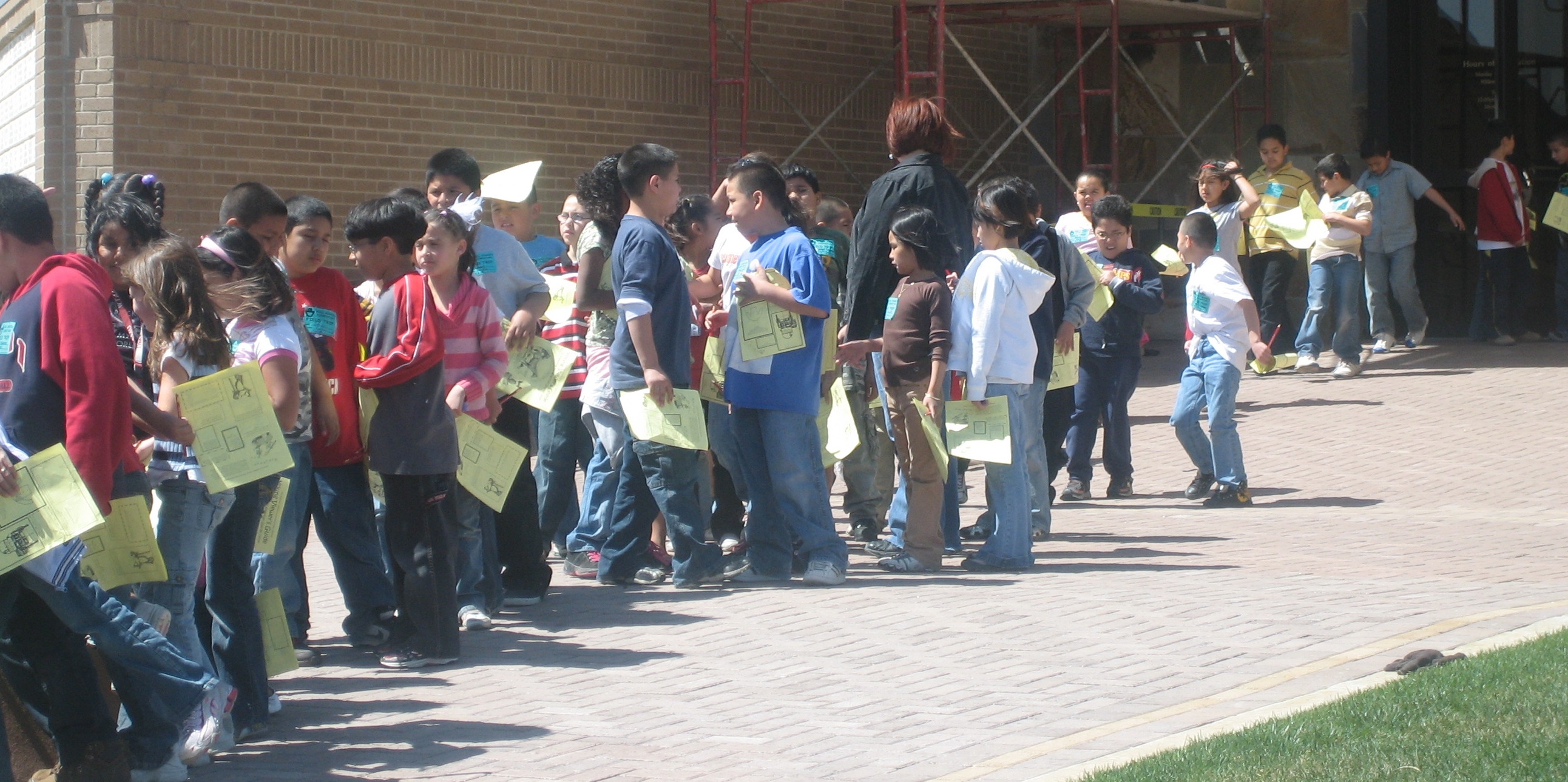Losing the habit of thinking through a problem, due to formalizing instead of thinking
Posted by: Gary Ernest Davis on: September 13, 2010
 My colleague Sigal Gottlieb this morning raised an issue with me she found very upsetting. She normally thinks of the bag of mathematical tricks she has acquired as a research mathematician and professor as adding to her understanding.
My colleague Sigal Gottlieb this morning raised an issue with me she found very upsetting. She normally thinks of the bag of mathematical tricks she has acquired as a research mathematician and professor as adding to her understanding.
Instead she’s finding it is, in some circumstances, obscuring her vision to think and making her lazy.
The issue stems from the following problem that she posed to her oldest son, from the Singapore Math Curriculum:
x
In a large group of children there are 3 boys for every 2 girls. 30 boys leave the group and then in the smaller group that’s left there are 2 boys for every 3 girls. How many boys and girls were there in the original group?
What concerned Sigal is that she began, in her mind, to solve this problem by setting up algebraic equations, when further thought showed a much more direct way of thinking through the problem. Sigal was concerned that her (advanced) mathematical training and experience had obscured and suppressed an ability to think. She said that if she keeps on becoming expert in mathematics soon she will not be able to think at all!
Sigal wrote earlier about a similar experience with her children in which she, the expert, failed to see a simple and direct solution to a problem because her advanced training led her to formalize the problem instead of thinking about it.
To emphasize how one might think about the ratio problem, here is a simpler version:
Two children Amy and Bob, each have collections of books. Bob has twice as many books as does Amy. Amy’s mother buys her 24 new books and then Amy has twice as many books as does Bob. How many books did Amy and Bob have to begin?
I am interested in how you FIRST begin to approach these problems? What is your first thought about how to tackle these problems? And how did you find the answer? What insights do you gain by thinking differently?
Is your ability to think, dear reader, also becoming obscured by knowledge?
5 Responses to "Losing the habit of thinking through a problem, due to formalizing instead of thinking"
initial approach (without thinking?):
x = 3/2 y
(x-30) = 2/3 y
I wonder what would be the more direct method.
Paul,
Thanks for your comment and question.
I think I explained this in the post. Setting up algebraic equations is not, in my experience, a direct seeing, not was it in Sigal Gottlieb’s view and experience. Using algebra is, despite the simplicity of the algebra involved, a fairly high level contrived way of acting, which we learn. The issue is not simplicity but seeing directly what the problem itself suggests. See http://wp.me/pJESd-vq for further discussion.
I have a habit of trying to solve problems mentally before doing anything on paper. I think this makes me look for proportional reasoning approaches before resorting to algebra; keeping track of the equations in my head is harder.
So what occurs to me with the boy/girl problem is to try to make a common denominator. Since the number of girls is fixed, let’s set it up so that there’s the same number of girls in each ratio.
We had 9 boys for every 6 girls and then ended with 4 boys for every 6 girls.
My first approach was to say then that the change of 5 boys per 6 girls resulted in a change of 30 boys, so we must have 6 such groups.
Then I realized it would be even easier to scale up both ratios by a factor of 6 so that the difference in boys actually was 30 instead of 5. In other words, we can see that this starts with a 54:36 ratio and ends with a 24:36 ratio.


September 14, 2010 at 1:04 pm
I tried the simpler problem first, solving it like this:
Initially, Bob has 2n books and Amy has n books.
Finally, Bob still has 2n books and Amy now has 4n books.
The difference of 3n books equals the 24 bought by Amy’s mother.
Therefore n = 8 and the answer follows immediately.
For the original problem:
Initially, there are 3n boys and 2n girls.
Finally there are… wait, change that to:
Initially, there are 9n boys and 6n girls.
Finally, there are 4n boys and 6n girls.
The difference of 5n boys equals the 30 who left.
Therefore n = 6 and the answer follows immediately.
If I hadn’t solved the simpler problem first I might not have bothered to change from 3n and 2n to 9n and 6n!
Another approach, of course, is:
Initially, there are 3n boys and 2n girls.
Finally, there are 3n – 30 boys and 2n girls.
Hence 3n – 30 = 2n * (2/3) and solve for n, but this is more cumbersome.
September 14, 2010 at 2:40 pm
Nick, in the first problem my “box” as described at – http://wp.me/pJESd-vq – is your “n”.